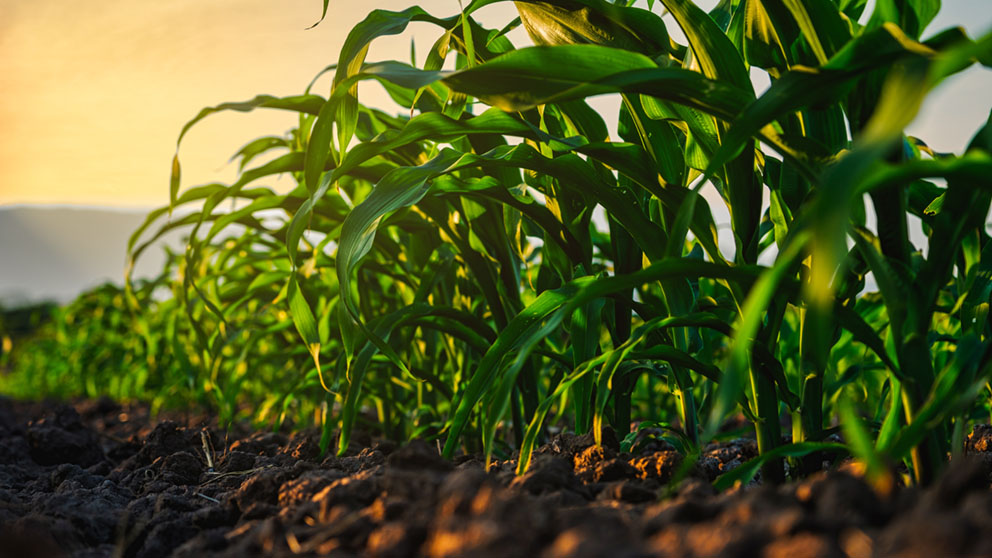Want to know more about your profitability? Start financial forecasting

Financial forecasting by analyzing farm finances and predicting yearly statements may lead to increased profitability.
The practice of estimating future financial outcomes using current data — financial forecasting — can work to remedy farmers’ misconceptions about their profitability, highlight the capacity to take advantage of new opportunities and point out the need to adjust cropping plans.
Known unknowns
“What is financial forecasting? It’s looking at income statement profit and loss, returns and expenses for the upcoming year,” explains Peter Manness, an agrologist and farm management consultant with MNP.
Many farms do forecasting, especially in crop production, after the production season and looking ahead to the next year. It involves examining costs and break-even numbers and helps with decisions on which crops to plant the next year.
More in-depth and regular analyses are much less common, says Manness. However, doing so helps farm businesses account for key factors in the production year – factors which are often wildly unpredictable.
“Things change, like fertilizer prices, and whether we can move ships through the Mississippi. Farms need to double-check plans to make sure they still apply. It’s important we have contingency plans, but it’s also important to double-check our math.”
Here are four ways to get started on financial forecasting:
1. Reflect on the last year
A genuine understanding of one’s financial position requires reflection.
Start by conducting a post-harvest review to compare results with projections. Considering whether they match and what the unpredictable factors were, including how you can improve the ability to make more accurate predictions.
“For example, I had a client that consistently overestimated his productive ability for canola and underestimated it for wheat,” Manness says. “He thought canola was the most profitable, but it wasn’t. He had never gone back to double-check those numbers.”
2. Know the difference: budget versus financial statement
Budgets are great for knowing cash flow but do not reveal true profitability.
If you use cash flow to make down payments on equipment, usage or depreciation aren’t reflected. If you use it to make payments on land, you’re building equity, but it might also impact the cash flow. Dipping into the cash flow could make a difference in profitability.
“If you know this, it might change how you plan,” Manness says. “It might focus your attention on different areas. Maybe I’m trying to pay the land down too quickly, putting pressure on my cash flow.”
3. Work with what you have
Start financial forecasting with whatever information you have available.
Take that information, estimate where year-end will be and use that as your basis. Remind yourself to double-check the information twice a year as a regular discipline.
4. Communicate with your team
Keep communication active, particularly in larger management teams and with business advisors.
Things change quickly on the farm. We must address financial issues as they come up, not just at year-end.
Laurier Poirier, an FCC product specialist, says tools like FCC AgExpert Software or MNP’s forecasting tool, Profit 360, are designed to facilitate client-advisor communication.
“Check in midway through the year or more than once a year. Sharing your data with advisors through AgExpert helps them see problems and account for things that change rapidly, like rising input costs,” Poirier says. “We can drill down and ensure customers are getting a good value for what they’re spending.”
“Things change quickly. We must address issues as they come up, not just at year-end,” Poirier says.
3 essential documents to start your financial forecasting
1. Income statement
This shows the health of farm business operations and farm profitability. Include revenue, expenses, total income, income taxes and net income.
2. Cash flow statement
As an evaluation of the cash coming and going from your farm, this shows how the farm’s cash flow position is managed. Include your cash revenues, cash disbursements and reconciliation of the two.
3. Balance sheet
This details what your farm owes compared to what it owns. Include a list of assets, liabilities and equity.
Need more help? Check out the FCC Money & Finance Basics guide.
Article by: Matt McIntosh

Learn how benchmarking for your farm can help you adjust practices to ensure maximum efficiency.
